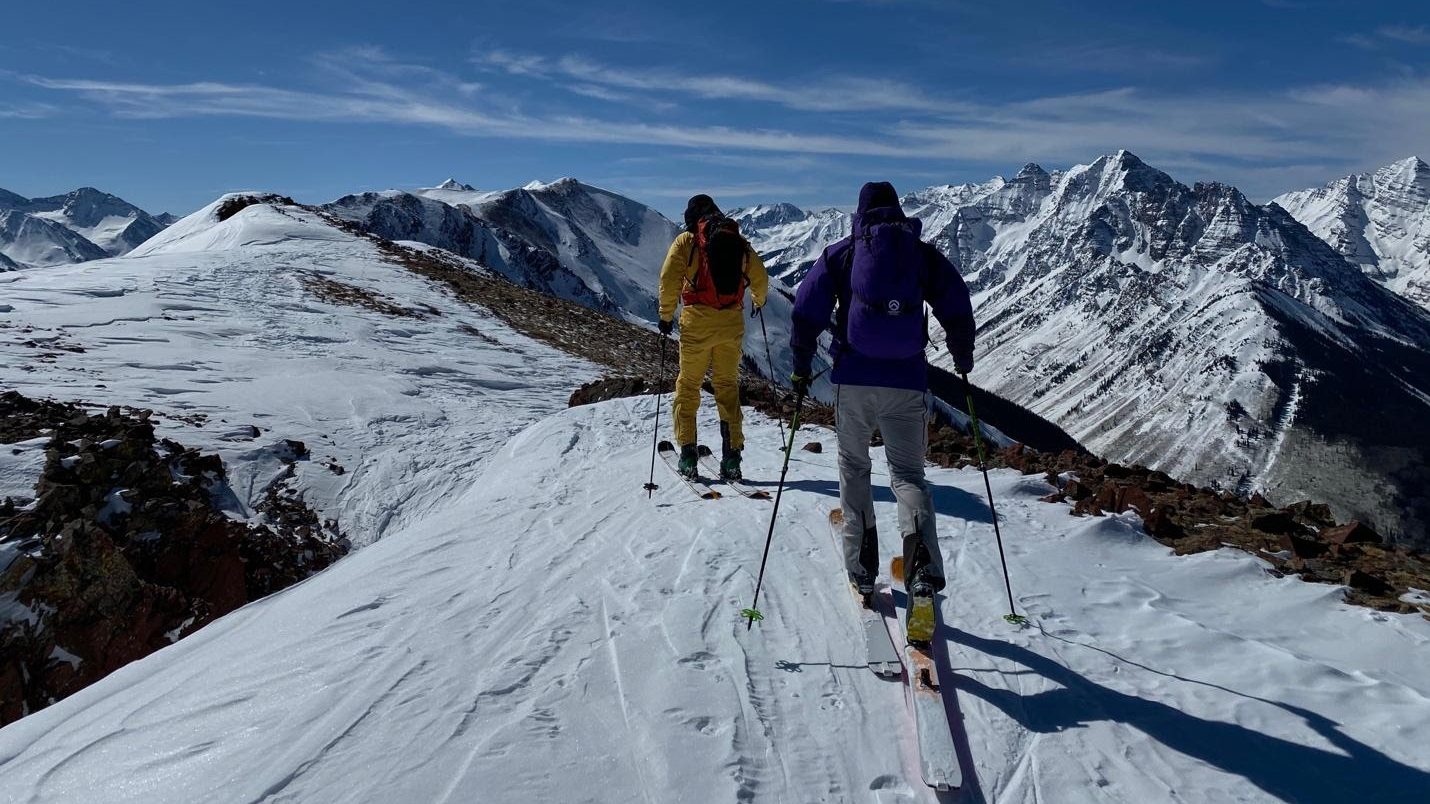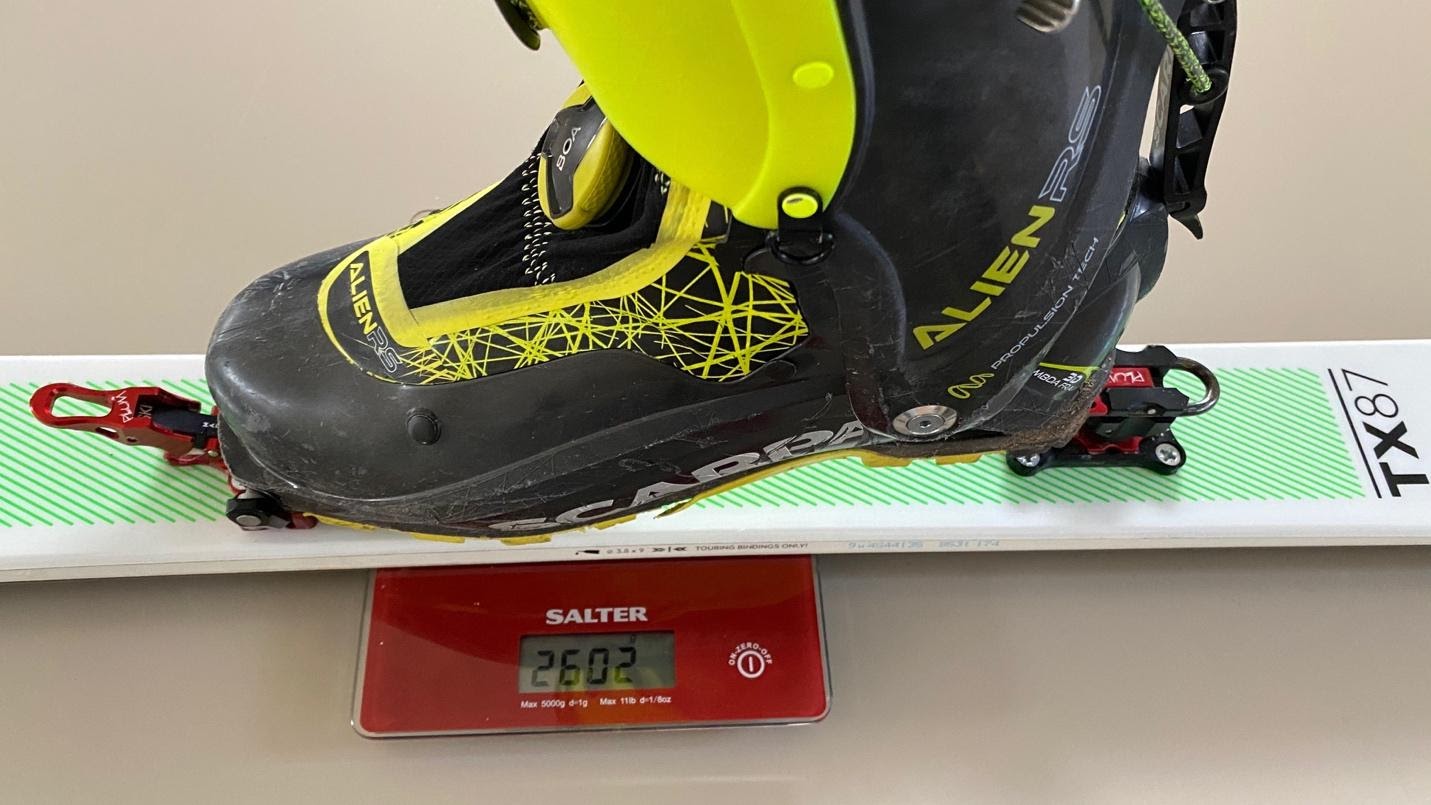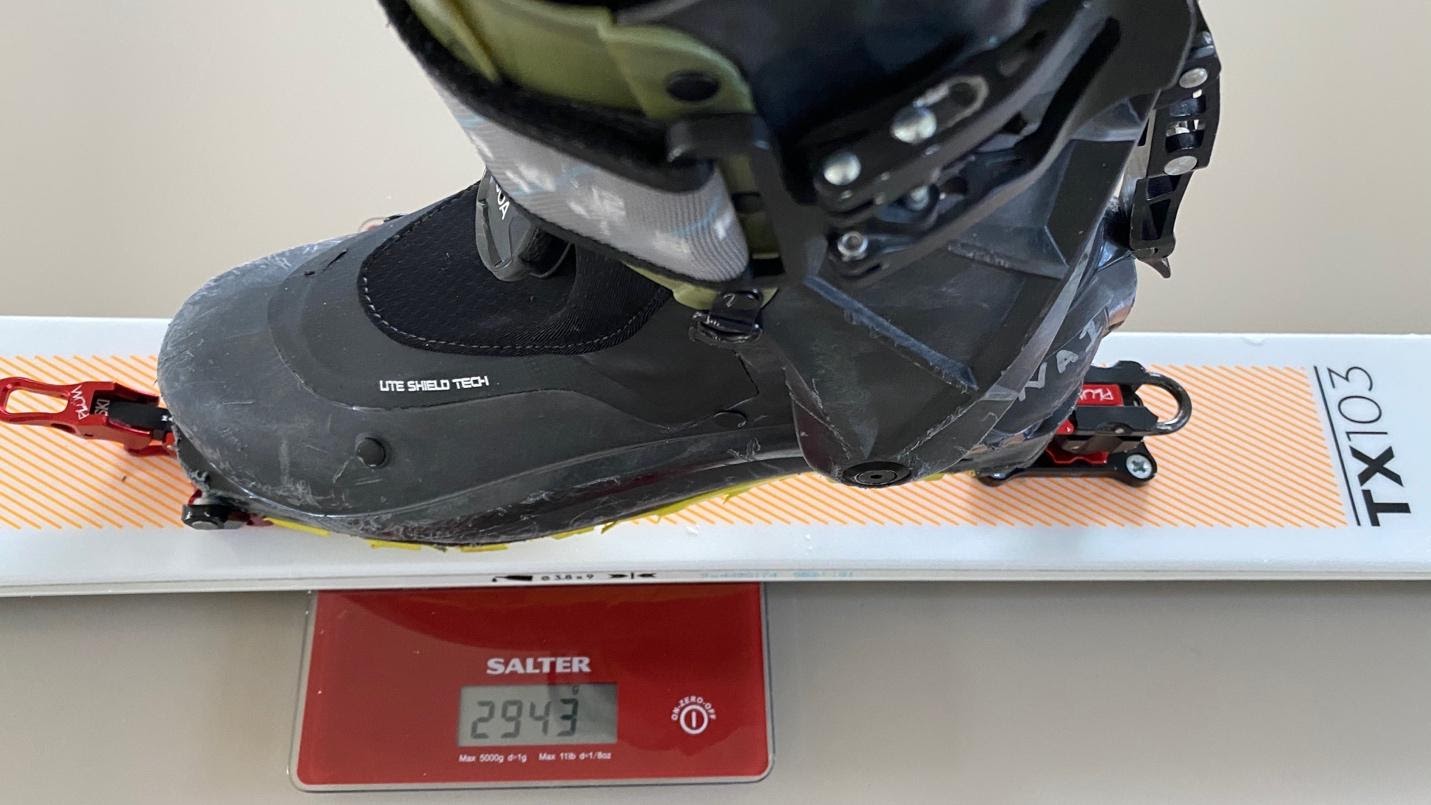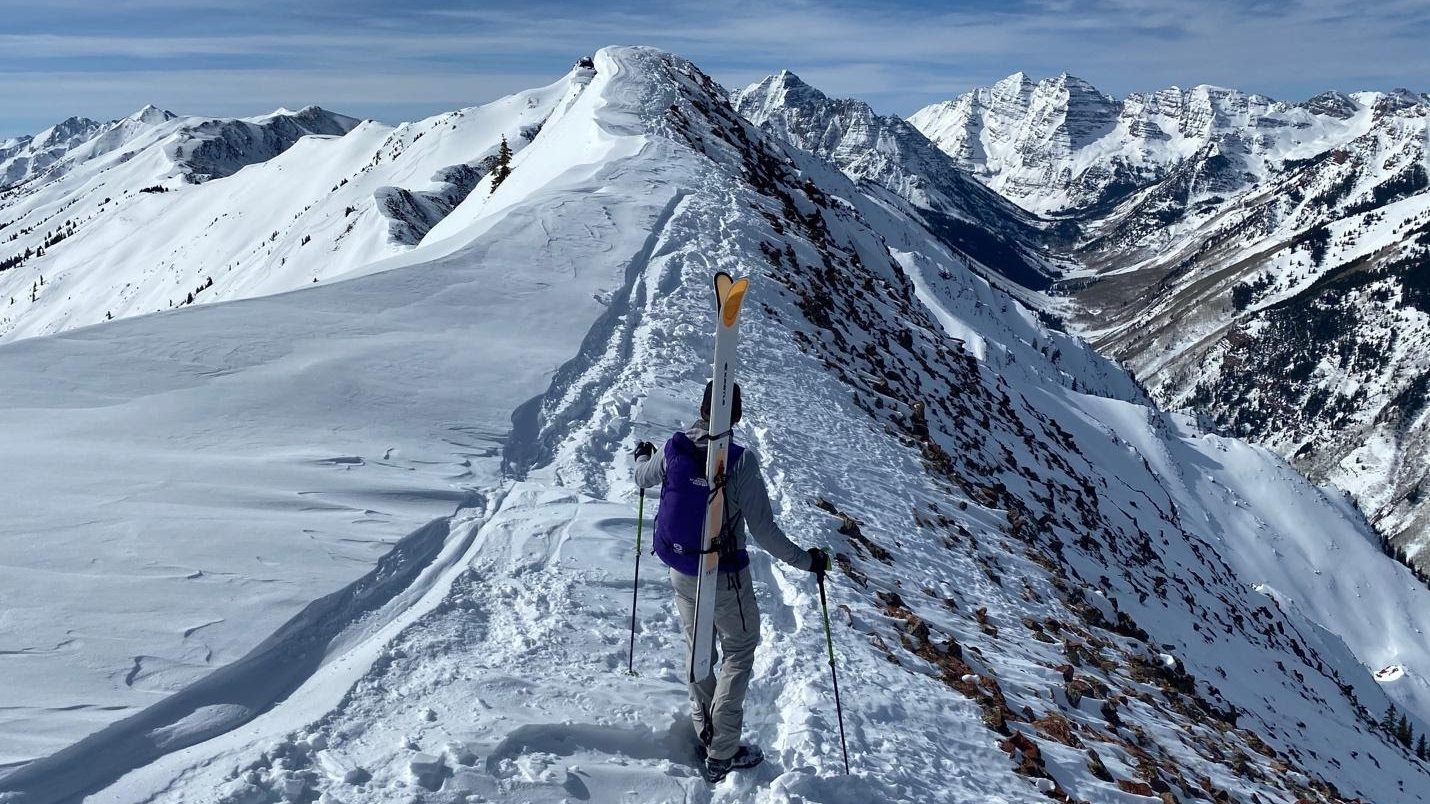If you could have your dream quiver, Kaestle’s got you covered.
I grew up ski racing and my first pair of real racing skis was the Kaestle RX12 National Team GS. 207cm in length, stiff, zero sidecut and I weighed 145lbs. Needless to say I never ever got close to the podium.
Years later in my professional life I closed down the Kaestle brand. As the Director of Wintersports for Benetton Sportsystem (Rollerblade, Nordica, Prince, Ektelon, Asolo and more) I developed the business case for shuttering Kaestle after the Fibretube disaster and started Nordica skis. It was a good decision at the time in 1998. Crazy to imagine then that I would be writing about Kaestle, from a total fan-boy perspective.
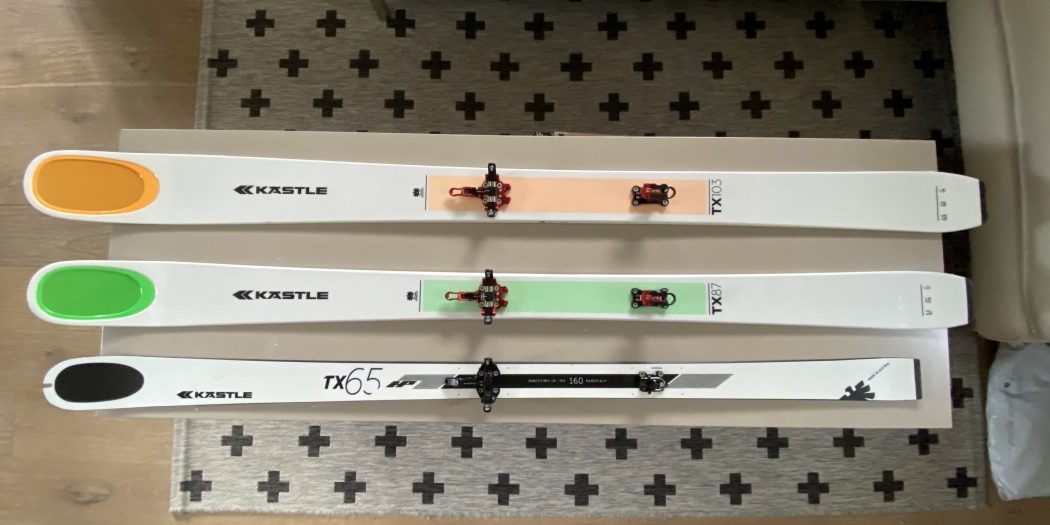
The Kaestle dream quiver, from early morning resort laps to versatile side country skiing and deep far to reach powder.
Kaestle completely redesigned their ski line for the 20/21 season to reduce weights, expand widths, increase durability and ensure a complete range of skis for modern ski mountaineering – from racing to big mountain. I’ve been lucky enough to ski the new whips all last season as my close friend Rainer Nachbaur (Head of Engineering and Production) still likes me, even after I closed the brand while he was there in 1998.
Here are my key takeaways on three Kaestle dream setups.
Early Season Race System
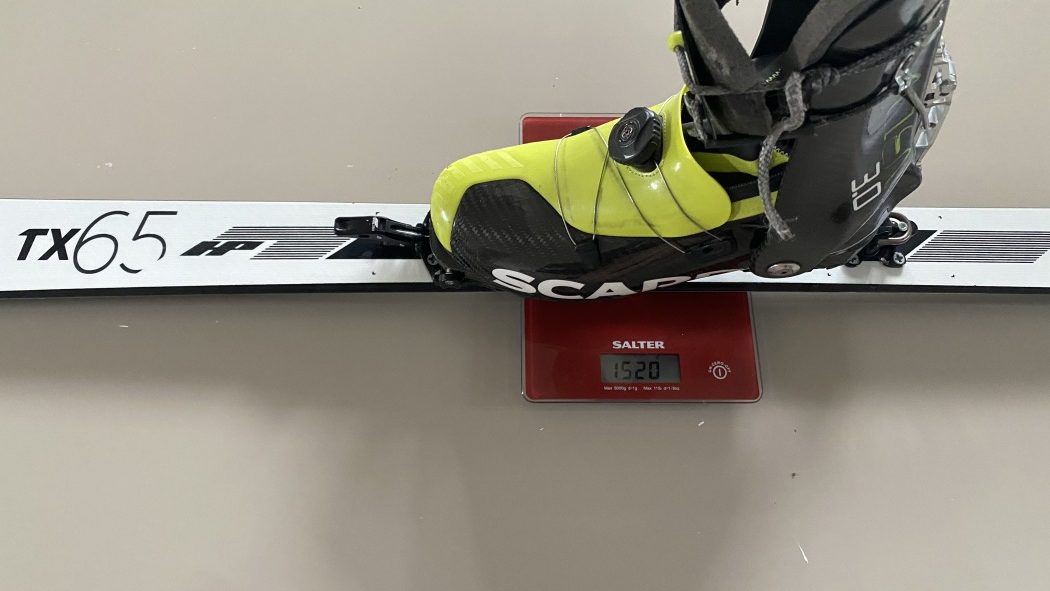
Hard to not move uphill fast with so few grams underfoot. TX65 with ATK115 binding and Scarpa Alien 3.0.
When the snowguns start firing and groomers start laying down the carpet, we all want a piece of it. It’s the start of the season and time to build the foundation of ski mountaineering fitness for the spring, which is when it all counts. Even before the lifts are spinning there is plenty of skin-able terrains.
I’ve stopped racing but I love the weightless feeling of the race kit. In the early season, it’s also great for establishing balance, skin technique, and edge control on the tiny sticks.
I’m using the Kaestle TX65 with their branded version of the ATK115 race binding and the Scarpa Alien 3.0. Give or take a few grams I don’t think there is anything lighter or more effortless on the up.
Package weight: 1478gm per foot
Boot weight: 663gm per foot (28.0)
Ski/Binding weight: 815gm per foot (165)
Ski dimensions: 98.5mm – 65mm – 79.8mm
Skins: I prefer the Pomoca Race Pro 2.0 in 59mm and 62mm widths.
Review: This kit feels effortless on the up. Its low weight per foot and the frictionless range of motion in the Alien 3.0 are a dream for moving fast. I however am not fast, so, therefore, appreciate having less weight even more so, as I’m on the hill longer than others on every lap. On the descent, this is a system for skiers. This ski carves and is super predictable at speed for a race ski. The dual carbon layer construction adds so much stability it feels like you’re on a much bigger ski. Turn initiation is as smooth as an alpine ski and the edge grip is very powerful. The only issue is that you can lay this ski so far over on the edge that you boot out. Overall, I’ve tried other skis in this category and this is far and away my favorite.
Summary: Ultralight and easy on the up. Skis extremely well for a race kit.
Side-country powder system
We have an amazing piece of side-country at Aspen Highlands, the Bowl. It’s a short 30 minute hike/skin from the top of the lift-served terrain and has full snow safety via patrollers to ensure a safe/quality experience. There are other similar smaller zones at Snowmass and Ajax but the Bowl is something special and a place where I may do 50-75 laps a season. I’ve found over the years that the best combination is a lightweight ski, with ample width and a lightweight touring boot. This enables a better experience on the boot pack due the high traction sole, less weight to carry on your back, resulting in more laps due to better efficiency. If the boot pack is a conga line, this setup allows you the option to skin up without waiting in line behind folks hauling heavy alpine gear.
I’ve been in love with the new Kaestle TX87 with Plum R170 and the Scarpa Alien RS as my side-country kit this season.
Package weight: 2602gm per foot
Boot weight: 1027gm per foot (28.0)
Ski/Binding weight: 1575gm per foot (174)
Ski dimensions: 124mm – 87mm – 111mm
Skins: I mostly use the Pomoca Climb Pro-S. It’s a bit heavier than other models but the grip is amazing on steeper flanks of Highland Bowl.
Review: I love the Alien RS. I love how it fits, how it skis, how it walks and how it skins. Paired with the new TX87 this is a formidable system for most every condition. This ski is light enough on the up. It’s wide enough on the down. For direct or sidehill skinning it’s awesome. But where it shines is its ability to manage every condition on the mountain. It’s the most versatile and broad ski in the quiver. I never had a bad day out with this combination, due to the unique construction and tight 10M sidecut. The construction is inspired by ski racing but adapted to the lightweight demands of the touring tribe with more fiberglass and no metal surrounding a Paulownia wood core.
Summary: Best balance of lightweight and skiing performance for side country applications in all snow conditions. And the Hollowtech tips, they glow in the dark. For real.
Backcountry Powder System
As the season and snowpack develops and we begin to push out into the K-Chutes, or higher up into Hayden or Mace Peak, I pull out a bigger system to manage the varying terrain and snow conditions. These three to six-hour tours require light gear but also solid downhill performance given the variability of the conditions. Prior to the TX103, I stuck to skinnier skis with the widest being 98mm. I’ve always focused on weight more than performance or float, until now. Yes, the 103 is 2X times the weight of the early season race system. But it skis 10X better. Better float and better stability equals more confidence. That’s in part due to the ski’s innovative carbon-fiberglass wound paulownia woodcore construction and Dual Rise profile which make the TX103 easy to ski in powder, corn, crust, and faceted quicksand-like snow conditions. And in part due to the new Scarpa boot.
My go-to system this season for powder days was the 181cm Kaestle TX103 with Plum R170 and the new Scarpa F1 LT.
Package weight: 2943gm per foot
Boot weight: 1067gm per foot (28.0 prototypes)
Ski/Binding weight: 1882gm per foot (181)
Ski dimensions: 138mm – 103mm – 120mm
Skins: Pomoca Race Pro Back Fix. Great glide and foldability. With the larger width, there is plenty of grips.
Review: I was blown away with this combination. Full power from the boot to drive the larger ski. The ski is so stable and floaty. When the conditions got funky I could power through anything with this setup. When the skiing was easy with consistent snow, it was effortless on this kit. On the down, the added weight is a benefit for sure. But skinning technical terrain is much more effort with the longer, wider, heavier setup. I may drop down a size on the ski to 173cm for next season. I used this system the most from end-January thru mid-March when our powder was superbly consistent. There is another tester reviewing the new Scarpa boot in full so let me just say it’s great! Best fit of any Alien (I mean F1?) yet.
Summary: Amazing to ski in variable conditions and deep powder. Not bad on the up. And yes, the tips glow in the dark.
Scott Mellin is the Global VP of Mountain Sports at The North Face. Big title, but really he just gets to make the fabrics, trims and concept prototypes that inform the future of mountain apparel and test them every day in the mountains around Aspen. It’s pretty fun work.

